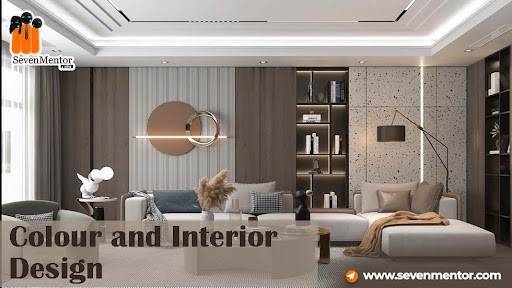Colour and Interior Design
Color has the wonderful ability to transform how a space feels. A smart interior designer understands how to use color to evoke specific emotions and set a mood in a space. A designer may substantially affect how people see a room by studying and strategically applying color psychology. This blog post will look at colour and Interior Design psychology, its role in creating mood and atmosphere, successful color schemes and combinations, ways to highlight important design elements, approaches to design problems, incorporating color through accessories and artwork, and the importance of neutrals and texture.
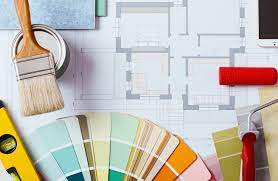
For Free, Demo classes Call: 020 71171757
Registration Link: Interior Design course in Pune!
Understanding the Psychology of Colors and Creating an Atmosphere
It is the responsibility of an interior designer to properly understand and respect the impact that color can have on human emotions. diverse hues have diverse meanings, and people frequently establish links and associations with them. Colour also has the ability to elicit strong emotions. A warm, earthy shade on the living room wall, for example, will instantly evoke sentiments of coziness and warmth. Cool hues, on the other hand, can produce a quiet and tranquil ambiance, making them suitable for bedrooms or relaxation areas. The color scheme chosen has a big impact on how people feel while using the space.
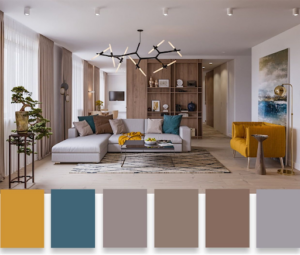
Color Combinations and Themes For Interior Design
Color schemes can be designed in a variety of styles, including complementary, analogous, and monochromatic.
Complementary hues are opposite each other on the color wheel, creating a strong contrast. Analogous hues, on the other hand, appear next to one another on the wheel, creating a sense of harmony and cohesion. Monochromatic means using a single color in a variety of tones and shades, which can result in a striking style. A good understanding of schemes and combinations will assist a designer in informing their clients about the best way to use color for their specific demands.
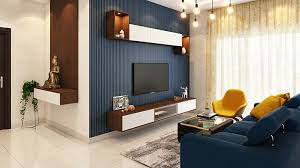
Highlighting Crucial Design Components.
Using color to highlight architectural details or focus points can be a clever design concept. A fireplace, an accent wall, or a unique architectural feature can be tastefully appreciated by selecting the right shade. Depending on the size of the area and the amount of natural light available, color can improve how it is viewed. Darker colors can create a sense of intimacy, whereas lighter colors tend to make a space appear more expansive and airy. Being aware of these concepts allows designers to influence the user’s sense of space and guide their attention to desired elements.
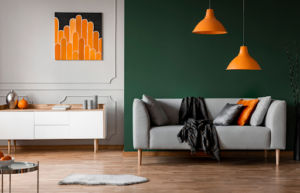
For Free, Demo classes Call: 020 71171757
Registration Link: Click Here!
Using Colour to Address Design Issues
Colors can also be employed to overcome design issues. For example, when aiming to generate a sense of space in a tiny room, using light and neutral hues on the walls and furnishings might provide the idea of fresh openness. The appropriate color combinations can visibly modify a space’s restrictions. In open-concept or multi-functional rooms, color-blocking separate parts can provide the perception of zone differentiation while also giving visual cues for transitions. By employing color in a sensible way, designers have many chances to overcome spatial limits and develop environments that are both practical and beautiful.
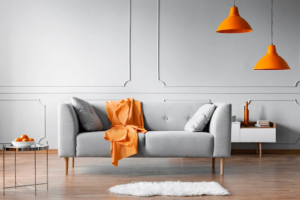
Using Color in Accessories and Artwork
Accessories and artwork are an interesting way to incorporate color into a design concept. Accent pieces such as throw pillows, rugs, and curtains can bring a room to life with their vibrant hues. Designers can improve the overall color scheme and create focal points by placing these components in strategic positions across a space. A design can become more dynamic and fascinating by carefully selecting things that contrast or improve the color scheme. Do Read our latest blog on Importance of Space Management for Office.
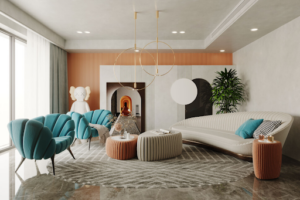
The Importance of Neutrals and Texture in Interior Design
Neutral colors should not be dismissed as dull or uninteresting. When used effectively, they can have a major impact on interior design. White, beige, and gray give a relaxing backdrop while also allowing for future color options. They act as a grounding factor, balancing and harmonizing the overall hue palette. Texture also influences the visual impression of a location. In the absence of vivid colors, combining diverse textures, such as rough and smooth surfaces or matte and glossy finishes, will lend depth to a scheme.
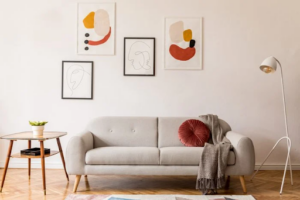
For Free, Demo classes Call: 020 71171757
Registration Link: Click Here!
Color is a strong weapon that may control our emotions, create atmosphere, and deliver a visually stimulating experience. Interior designers can command this power by developing a knowledge of color psychology and tactically experimenting with different color schemes and combinations. Through case studies and real-world examples, we studied how color can be used to produce mood and ambiance, call attention to crucial design components, solve design difficulties, and instill individuality in a space. Interior designers have a unique opportunity to create lovely spaces that enrich the lives of those who live in them by embracing the power of color.
Do visit our channel to learn more: Click Here
Author:-
Kalyani Bhavsar
© Copyright 2023 | SevenMentor Pvt Ltd.
Call the Trainer and Book your free demo Class for Interior Designing Call now!!!

